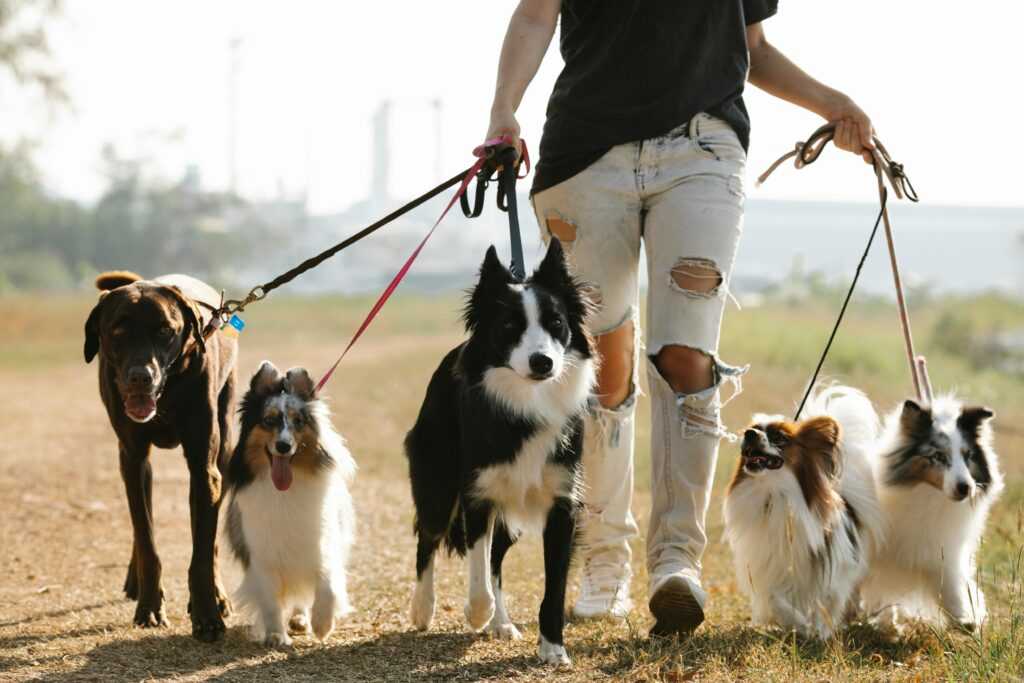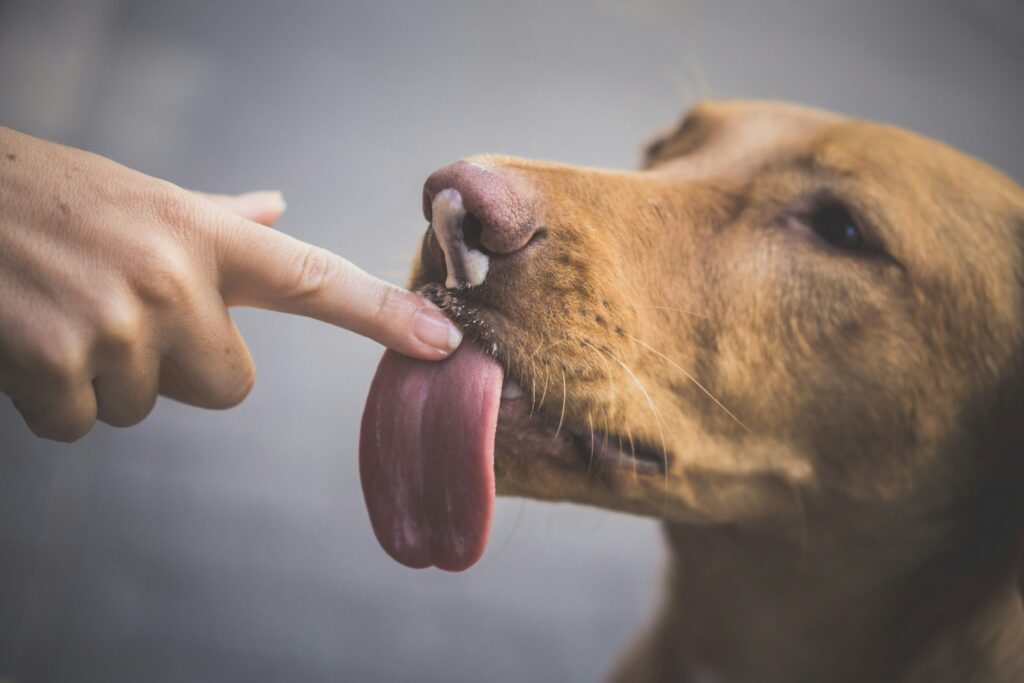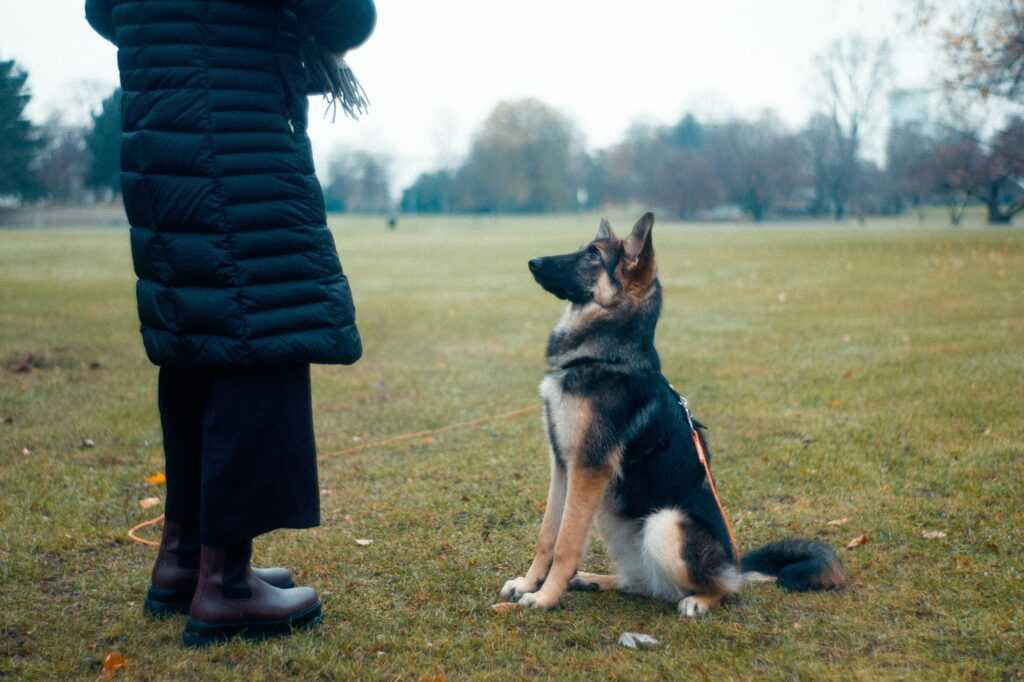A walk might seem simple — leash on, out the door, job done. But any dog owner knows the reality can be a bit more… unpredictable. Pulling, barking, refusing to move, or twisting the lead around your legs like spaghetti — all those little things that turn what should be a peaceful outing into a bit of a mission.
The truth is, great dog walks usually don’t come from huge overhauls or hours of training. More often, they’re the result of paying attention to the small stuff. Things like timing, body language, and equipment choice can completely change how the walk feels — for both of you. And it often starts with one overlooked upgrade: using a properly fitted, functional dog harness that gives you control without compromising your dog’s comfort or confidence.
Here’s how the smallest adjustments can make your daily dog walks a whole lot better.
Comfortable Gear = Confident Walks
When a dog is constantly pulling, slipping out of their collar, or seems uncomfortable on walks, it’s often down to poor-fitting or basic gear. A well-designed harness helps distribute pressure evenly, making it easier for you to guide your dog while preventing injury or discomfort around the neck or shoulders.
You don’t need the fanciest setup — just something that’s functional, adjustable, and suits your dog’s body type. It’s a small switch that has a big impact on how secure and relaxed your dog feels, which carries over into how they behave on the lead.
Start Before You Leave the House
The tone for the whole walk is often set before you even step outside. If your dog bolts the second you grab the lead, take a minute to slow things down. Ask for a sit before clipping it on. Open the door calmly and wait until they’re settled before heading out.
That little pause helps communicate: walks happen calmly, not in a frenzy. You’re showing your dog that good things come from patience — and giving yourself a chance to breathe before the chaos begins.
Mix Up Your Routes (Just a Bit)
While some dogs thrive on routine, others get bored or overstimulated when the same route offers too much excitement or not enough challenge. Try alternating between your regular loop and a quiet side street, nature trail, or even just walking the same route in reverse.
These subtle changes offer new smells, sights, and pacing without overwhelming your dog — and keep things interesting for you, too.
Pay Attention to Your Own Body Language
Dogs pick up more from your body than your voice. If you’re tense, gripping the lead tightly, or walking with rushed energy, your dog is likely to mirror that stress. Softening your shoulders, loosening your grip, and slowing your breathing (even just slightly) sends a different signal: we’re calm, we’re in control, and there’s nothing to worry about.
It’s a small shift, but especially helpful if you have a nervous or reactive dog.
Use Treats (But Don’t Overdo It)
You don’t need to turn every walk into a full-on training session, but having a few treats on hand can help shape better habits. Whether it’s rewarding your dog for walking nicely beside you or staying calm when another dog passes, those quick reinforcements can work wonders.
The key is timing — offer the treat just after the behaviour you want, not five seconds later. This tiny bit of timing awareness is what helps the dog connect the dots.
Know When to Turn Around
If your dog’s getting overstimulated, pulling more than usual, or fixating on every noise, there’s no shame in cutting the walk short. Sometimes a five-minute calm walk is far better than a 20-minute one that ends with barking, pulling, and stress. Learning to read your dog and adjust in real time is one of the most underrated (and valuable) skills any dog owner can build.
Dog walks aren’t just about exercise — they’re about connection, confidence, and trust. The big wins often come from the little things: smoother gear, more mindful starts, better body language, or simply choosing the right moment to head home.
Pay attention to those small details, and you’ll start noticing a big difference — not just in your dog’s behaviour, but in how much you both enjoy your time together.


 Veterinary Advisor & Health Expert
Anthony Brooks is the in-house Veterinary Advisor at Pet Paw Shack, offering expert advice on pet health, disease prevention, and general veterinary care. With years of experience as a licensed veterinarian, Anthony helps guide pet owners through essential topics like vaccinations, routine checkups, and emergency care. His commitment to keeping pets healthy ensures that Pet Paw Shack delivers trusted and accurate medical insights.
Veterinary Advisor & Health Expert
Anthony Brooks is the in-house Veterinary Advisor at Pet Paw Shack, offering expert advice on pet health, disease prevention, and general veterinary care. With years of experience as a licensed veterinarian, Anthony helps guide pet owners through essential topics like vaccinations, routine checkups, and emergency care. His commitment to keeping pets healthy ensures that Pet Paw Shack delivers trusted and accurate medical insights.
